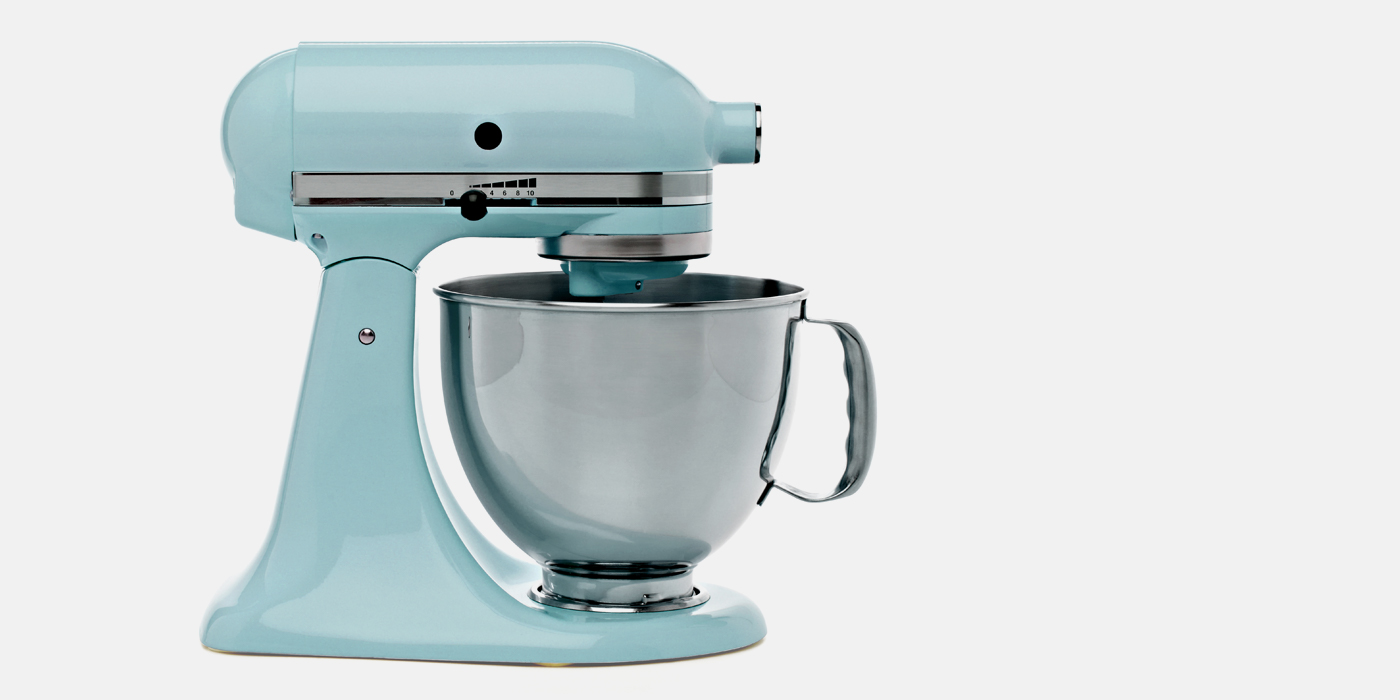
Sometimes you reach a place in your ensemble rehearsal where woodshedding a few difficult measures is no longer fun – or effective. We’ve all experienced this. No matter how many times you run through it, it doesn’t get any better.
The next time this happens to you, I have a technique for you to try; the “mix it up” method.
The Mix It Up Method
Simply break the ensemble into small groups and have each play through the section individually. Sounds obvious, right? Well, to interject variety and engage students, it’s the way I divide the ensemble that makes it fun.
I might group them in any of the following ways:
- Students who have birthdays on even- or odd-numbered days of the month
- Students who have multiple or single siblings
- Students whose age is an even or odd number
- Students who are wearing jeans
- Students who are wearing athletic shoes
- Students who are wearing a particular-colored top (one of my favorites because most of the time the students will have to look down to see what color they are wearing as they have forgotten since they got dressed that morning)
You might also split them based on whether or not they like something silly and topical. You know your kids – you can decide what will best help to engage them.
Try SmartMusic for free, today.
What Happens
First of all, grouping students in this way has a randomizing effect. You will group students in an infinite number of new ways. This gives both you and your students the opportunity to hear every player in the ensemble with a new perspective.
Secondly, it keeps students wondering what will come next. This helps to retain their attention and focus. They also develop more interest in hearing the other groups perform.
As a result, you not only work on improving the passage but you also engage students in listening to each other!
I have done this countless times at honor bands and other special events. It never fails to bring new energy into the rehearsal. Use your imagination to pick just the right kind of groupings and you’ll see attitudes transform; suddenly working on the passage becomes fun again.
Don’t be surprised if students ask you to do it again and again throughout the year.
